Nixon-Pahlavi alliance: A legacy of power, corruption, and historical whitewashing
By Ivan Kesic
Two families – the Nixons and the Pahlavis – each burdened by unpopularity in their respective countries due to the corruption of their patriarchs, have found common cause in historical revisionism and the promotion of discredited regimes and failed policies.
The Richard Nixon Foundation has in recent years emerged as a vocal cheerleader for Reza Pahlavi, son of the deposed, Western-installed ruler of Iran – Mohammad Reza Shah Pahlavi – and the wannabe “crown prince” with autocratic ambitions like his father.
This California-headquartered organization, dedicated to memorializing former US President Richard Nixon, serves as a gathering ground for Republican and conservative figures who wistfully romanticize the Nixon era, which ended with his unceremonious exit in August 1974.
On its websites and social media platforms – often flooded with suspiciously bot-like amplification – the foundation indulges in nostalgic imagery of Iran’s so-called “glorious” past, featuring photographs of Nixon and Pahlavi, widely seen as his puppet, casually strolling in Tehran or Washington.
Reza Pahlavi, now a common guest at the foundation’s events and a frequent face on its media platforms, has joined in this over-romantic narrative, lamenting a bygone era.
Together, they heap praise upon two of the 20th century’s most divisive and controversial men who ruled their respective countries.
Family bond - Pahlavis and Nixons
In October 2024, Pahlavi and his mother were felicitated with the Richard Nixon Foundation’s so-called ‘Architect of Peace Award’ – bestowed since 1995 to individuals who they say embody Nixon’s alleged "lifelong goal of shaping a more peaceful world."
The supposed pacifist spirit of the award, however, is cast into question when considering its previous recipients, a who’s who of modern warmongering: George W. Bush, Michael Pompeo, Donald Rumsfeld, Henry Kissinger, and Joseph Lieberman, all of whom played pivotal roles in global conflicts, invasions, and prolonged wars across the world.
Fittingly, and perhaps ironically, the Pahlavi family received the award for "40 years of advocacy for religious freedom, democratic governance, and human rights in Iran" – a claim steeped in contradiction.
The so-called "peacemaker" Reza Pahlavi has openly endorsed American and Israeli terrorist attacks on Iranian citizens, advocated for violent uprisings, and defended Trump-era crippling and illegal sanctions that harmed ordinary Iranians.
He wishes to accelerate the collapse of Iran’s political system and pave the way for a monarchical restoration, with himself at the helm – a wishful thinking indeed, as per regional observers.
Over the past two years, Pahlavi has also distinguished himself as a vocal supporter of the Zionist regime and its devastating genocidal campaigns in Gaza, which have taken the lives of tens of thousands of innocents, the vast majority of them women and children.
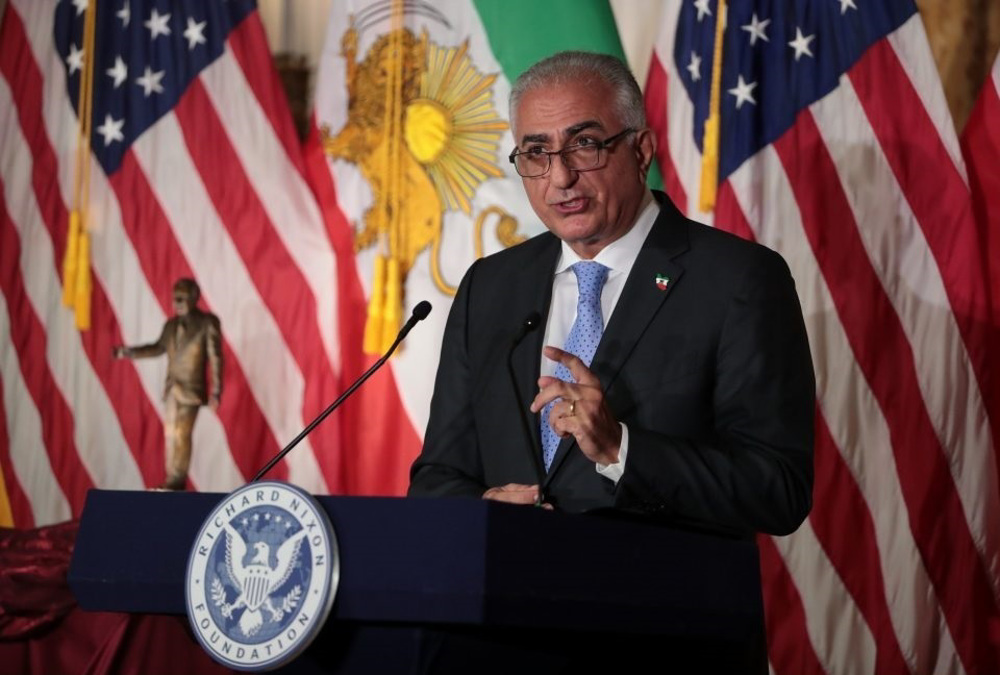
In his speech after receiving the foundation’s award in October last year, Reza Pahlavi highlighted the personal bond between the Nixon and Pahlavi families, invoking the former American president’s loyalty during their exile and his attendance at the Shah’s funeral in 1980.
He lauded Nixon as a great visionary, a master of global politics, and a true friend of Iran, while, predictably, offering unqualified praise for his own father and his authoritarian rule.
Yet history remembers Nixon not for vision or virtue, but for scandal and corruption – most infamously the Watergate scandal in 1972, which led to his resignation in disgrace two years later.
In the US, according to numerous polls, Nixon is consistently ranked among the lowest-rated presidents in the country’s history and is widely regarded as the worst president of the 20th century.
Far from being a peacemaker, Nixon’s unwavering support for the Israeli regime during the 1973 Yom Kippur War triggered tensions with the Soviet Union, sparking the most dangerous Cold War confrontation since the Cuban Missile Crisis.
In the context of Iran, Nixon played a central role in the 1953 coup that overthrew a democratic government of Prime Minister Mohammad Mosaddegh and replaced it with a dictatorship.
He was instrumental in enabling the Shah’s brutal reign, which was marked by lavish spending on Western military hardware, the siphoning of national wealth into American banks, and, ultimately, a flight to exile in the very country that helped cement his rule.
What is the Richard Nixon Foundation?
The Richard Nixon Foundation is described as a “nonprofit organization” based at the Richard Nixon Presidential Library and Museum in Yorba Linda, California.
Founded in 1983 by Richard Nixon, the 37th president of the United States, it aims to “preserve and promote his legacy” through educational programs, historical exhibits, and events.
According to its website, the foundation is dedicated to advancing his “vision of leadership”, while fostering discussion about Nixon’s presidency and its impact on US and global affairs.
It operates the Nixon Library in partnership with the National Archives and Records Administration (NARA), which took over the library’s management in 2007, integrating it into the federal system of presidential libraries.
The foundation is governed by a 27-member board of directors, which includes Nixon family members, former administration officials, and prominent civic and business leaders, many from Southern California.
While the website describes it as a “nonpartisan and nonprofit institution” several factors suggest a leaning toward conservative or Republican-aligned perspectives.
Nixon was a prominent Republican, serving as president (1969–1974) and vice president (1953–1961) under Dwight D. Eisenhower, also a Republican.
The foundation’s focus on his legacy naturally aligns with policies and principles associated with his administration, which continue to appeal to conservative audiences.
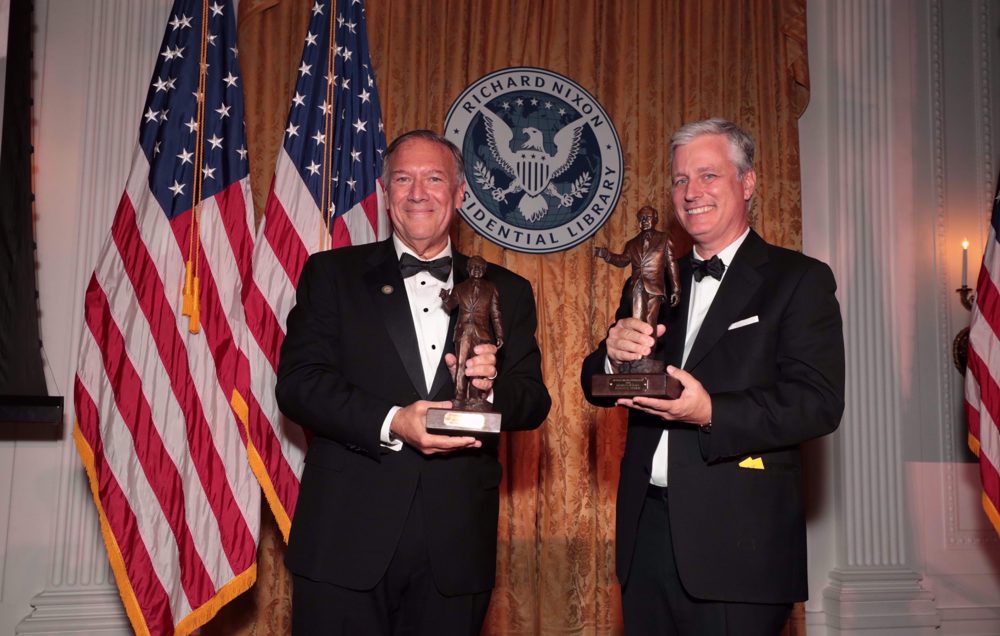
The board includes individuals with ties to Republican politics, such as former National Security Advisor Robert C. O'Brien, a key figure in Republican foreign policy circles; David Tukey, former John McCain campaign aide; and Monica Crowley, who served in Republican administrations.
The foundation hosts events such as the Grand Strategy Summit, which frequently features conservative-leaning national security experts and strategists, including controversial figures like former US Secretary of State Mike Pompeo.
Held annually, the summit brings together national security experts to discuss US foreign policy, with a particular focus on issues related to China, Russia, Iran, and the West Asia.
In addition, programs like the Nixon Seminar and the Distinguished Speakers Series have predominantly included conservative and Republican-aligned figures.
The foundation accepts tax-deductible donations and offers membership programs that provide access to exclusive events, including VIP receptions with prominent speakers.
A notable $20 million donation from the government of Qatar in 2023 has supported the creation of a new hall for educational exhibitions, highlighting the foundation’s influence on West Asian politics.
How did Richard Nixon treat Iran?
Preserving Nixon’s legacy, as the foundation intends to, involves, among other things, justifying, glorifying, and advocating for his controversial foreign policy toward Iran.
The relationship between Nixon and Pahlavi, the last West-backed dictator of Iran, stands as one of the closest Cold War alliances between an American president and a foreign leader.
Their connection was characterized by strategic cooperation, personal rapport, and mutual interests, but it was also marked by controversies that would later culminate in the glorious and popular 1979 Islamic Revolution.
Nixon first met Pahlavi in 1953, when he was vice president under Dwight D. Eisenhower, shortly after the US-backed coup that ousted PM Mossadegh and restored the Shah’s absolute power.
The US administration viewed the Shah as a pro-US and anti-communist ally, a key asset in the region during a time when tensions with the Soviet Union were escalating, with Iran sitting on the frontlines of the Cold War.
During his presidential visit to Tehran in 1972, Nixon and National Security Advisor Henry Kissinger struck a deal in line with the Nixon Doctrine, which emphasized regional allies taking on greater military roles.
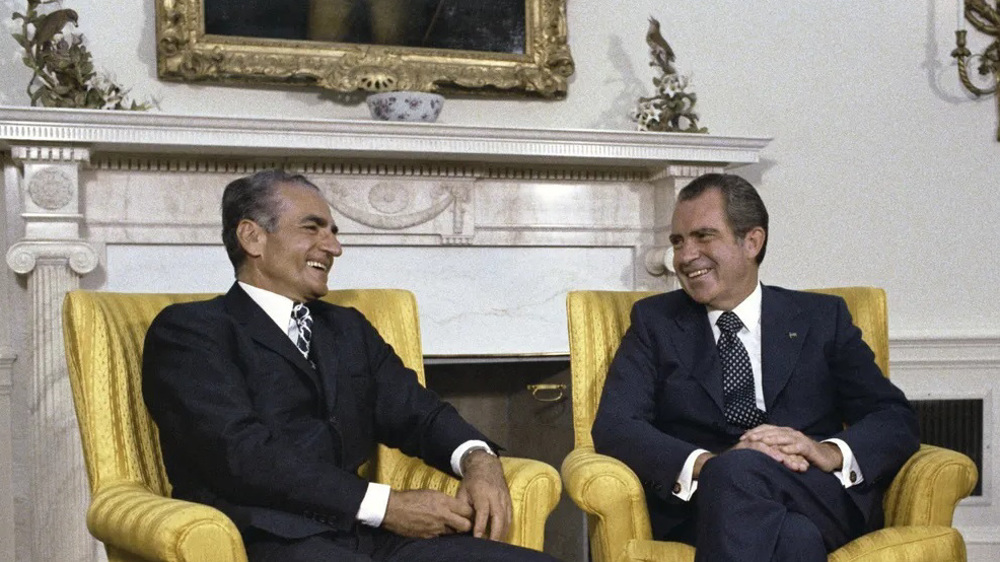
Washington granted Iran unrestricted access to advanced American weaponry, excluding nuclear arms. In return, Pahlavi agreed to act as America’s "policeman" in the Persian Gulf, ensuring US dominance while curbing Soviet influence in the region.
This agreement led to a massive arms buildup, making Iran the largest buyer of American weapons in the 1970s. At the same time, it contributed to the paranoid repression of political opponents who opposed Pahlavi’s dictatorial rule.
Pahlavi proved to be a critical ally for Nixon during several key crises. In the 1973 oil crisis, as a prominent OPEC leader, he ensured that Iran did not embargo the US, unlike Saudi Arabia.
Also, Pahlavi deposited $1 billion into American banks to stabilize the dollar during economic troubles, and his brutal secret police, SAVAK, worked in collaboration with the CIA.
Nixon's lobbying for Shah
After Nixon's resignation in 1974, Gerald Ford continued to support Pahlavi without question. However, Jimmy Carter’s conditional support began to weaken the regime’s foundation.
When the Islamic Revolution broke out in 1978-79, the US initially abandoned Pahlavi, refusing him asylum until his close allies Nixon and Kissinger lobbied on his behalf.
After Pahlavi died in exile in 1980, Nixon blamed Carter for the "loss" of Iran.
Historians often highlight Nixon’s corrupt nature, suggesting that his support for Pahlavi was more motivated by self-interest than by genuine friendship. Nixon, aware of Pahlavi’s wealth stashed in the US, still saw him as a valuable asset, a “milking cow.”
Despite their deep personal rapport – marked by exchanging letters and mutual praise – Nixon continued to glorify Pahlavi even after the fall of the Pahlavi regime.
Both Nixon and Kissinger turned a blind eye to the regime’s brutal repression, including the torture carried out by SAVAK, due to Cold War priorities.
In his memoirs, Nixon even stated that Pahlavi “should have been even more ruthless.”
In a later interview, shared on social media by the Richard Nixon Foundation, a journalist asked Nixon if he truly believed Pahlavi should have been more brutal. Despite the journalist’s emphasis on Pahlavi’s oppressive rule, SAVAK’s torture and murders, and the stark contrast between the ruler’s life of luxury and the people’s poverty, Nixon stood by his statement, replying, "Yes, I do."
Nixon tried to justify his position by claiming that the dictator "led Iran to progress" and that the revolutionaries had "returned it to the dark ages."
This narrative has become deeply ingrained in American political circles, as also noted in recent statements by President Donald Trump, which observers dismiss as naive.
The Richard Nixon Foundation proudly highlights these controversial statements, along with Nixon’s claim that "he would not have allowed a revolution in Iran if he had been in power at the time."
The foundation’s website even refers to the Pahlavi dictatorship as "the golden age of Iran" – a reality-distorting phrase that has long been used by monarchists and their Zionist supporters.
Israel conducts multiple airstrikes across south Lebanon, violating ceasefire
Intl. NGOs warn Israel’s ban will impede critical humanitarian action in Gaza
VIDEO | Anniversary of Martyr General Hajj Qassem Soleimani
VIDEO | Iranians mark Gen. Soleimani martyrdom anniv. in Tehran
VIDEO | Austrian government party stoking anti-Muslim sentiment
VIDEO | Press TV's news headlines
VIDEO | Islamabad hosts conference honoring martyrs of resistance
VIDEO | Venezuela remembers General Qassem Soleimani


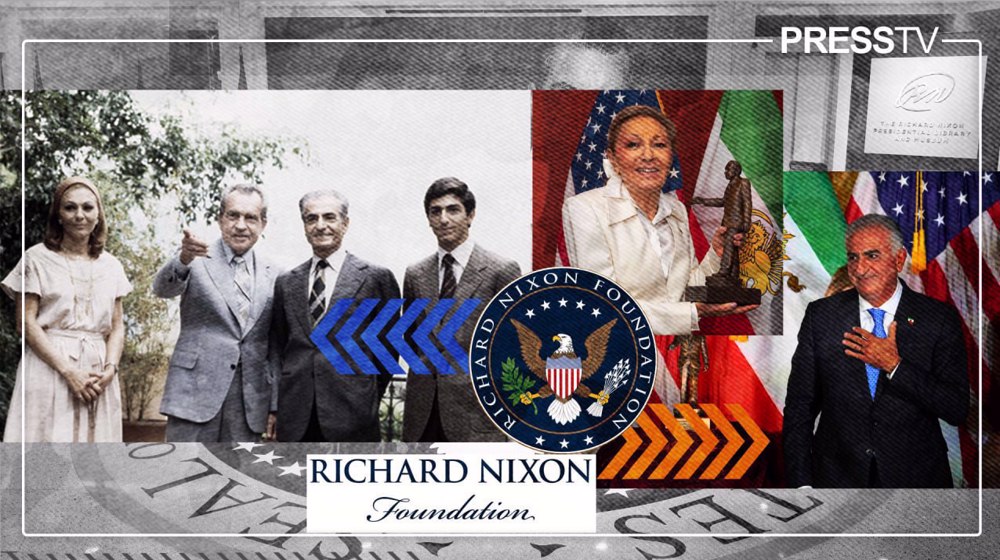
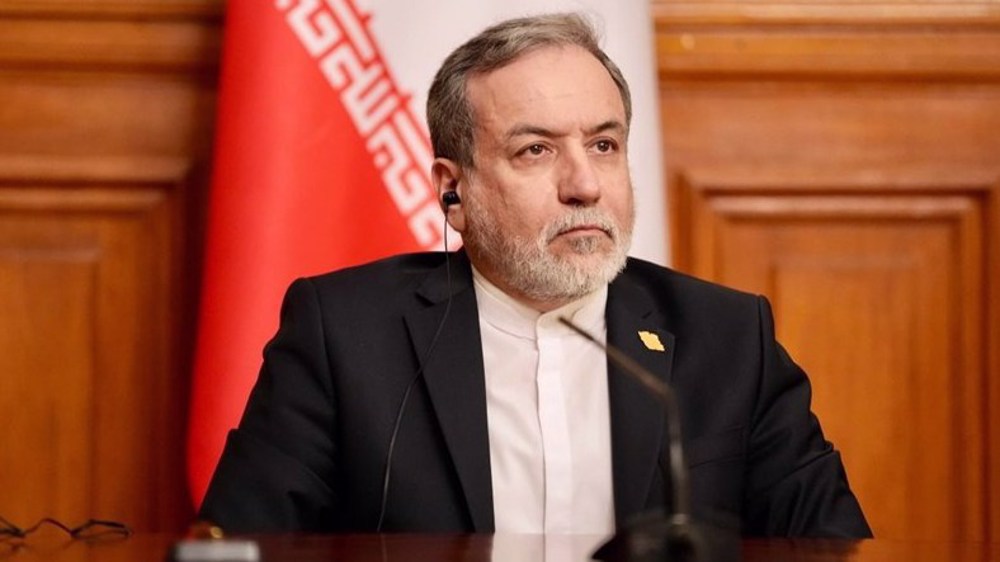
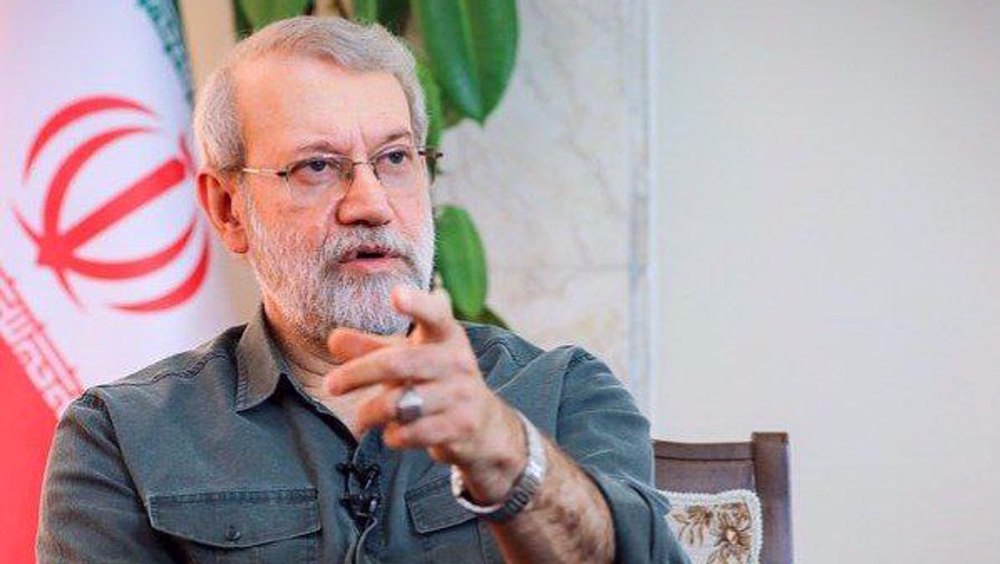
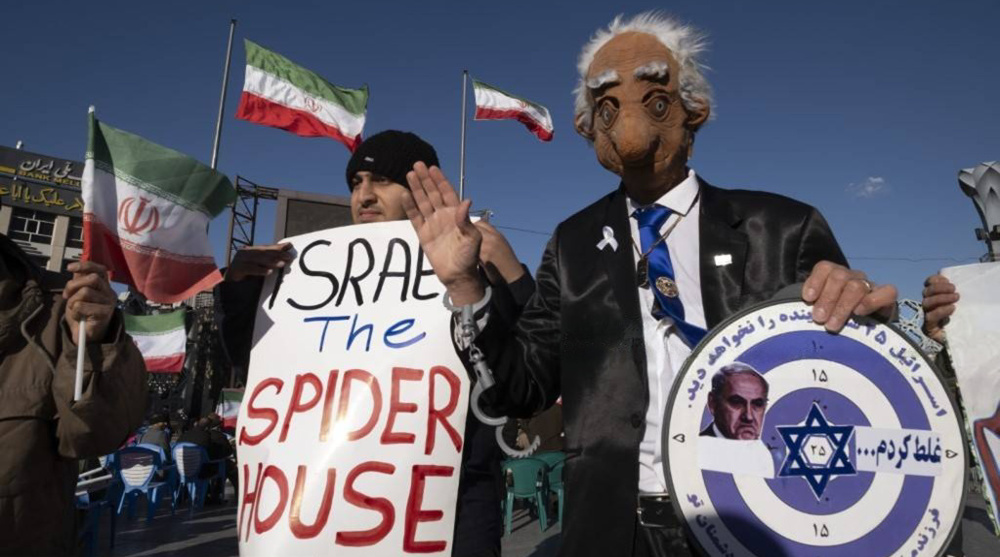



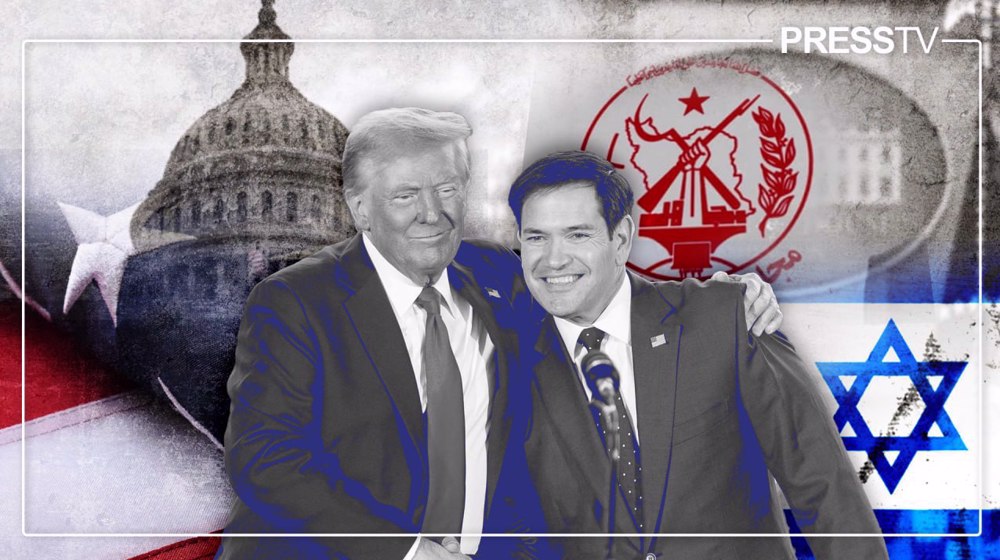
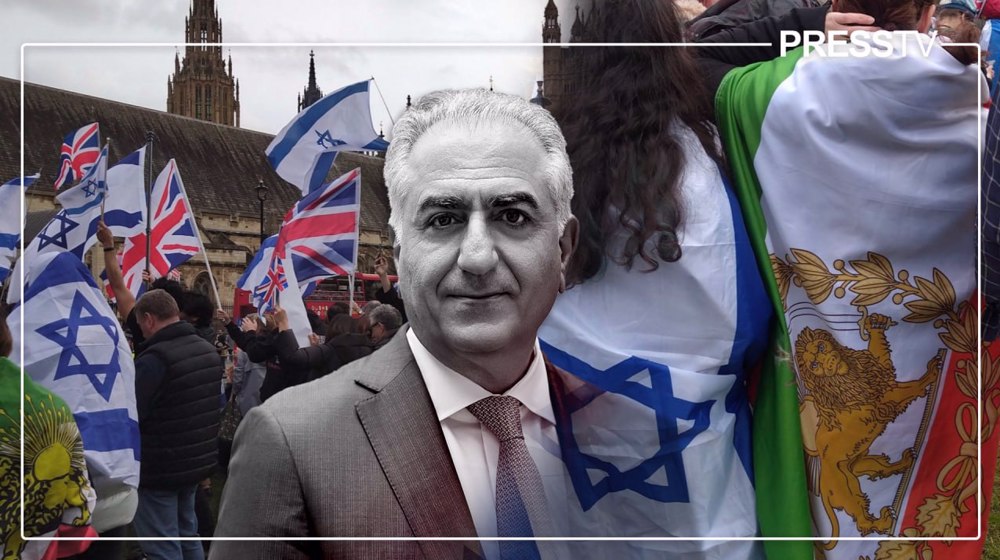
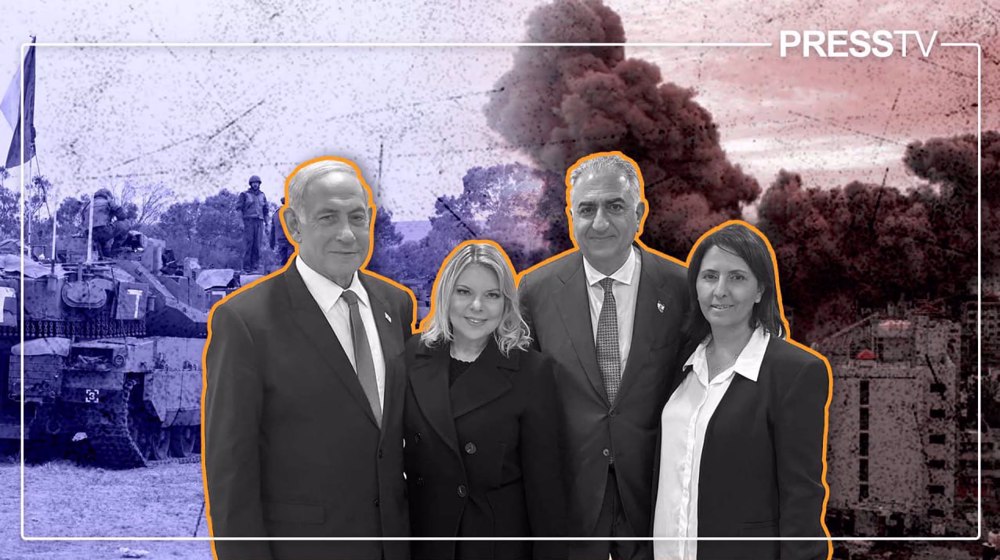
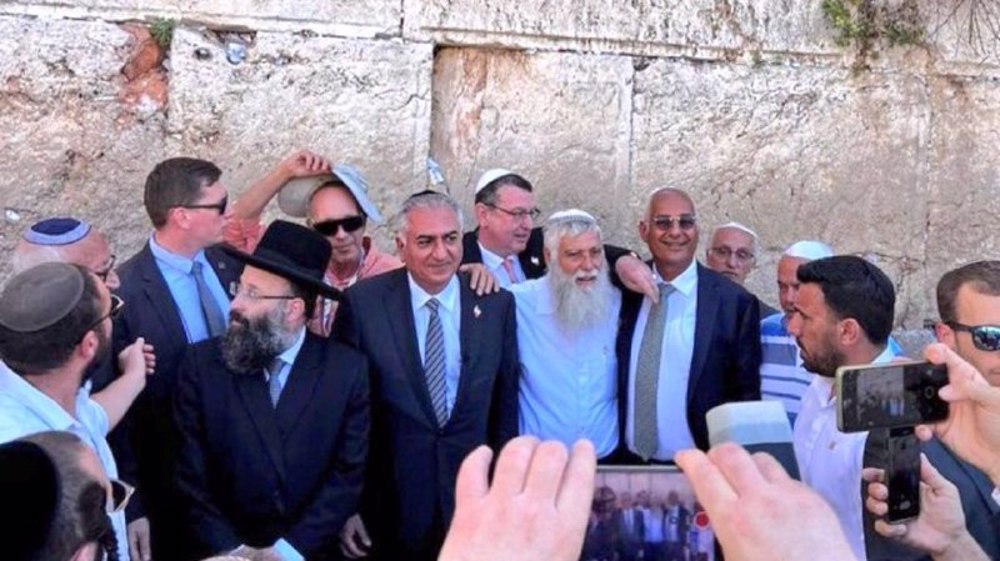
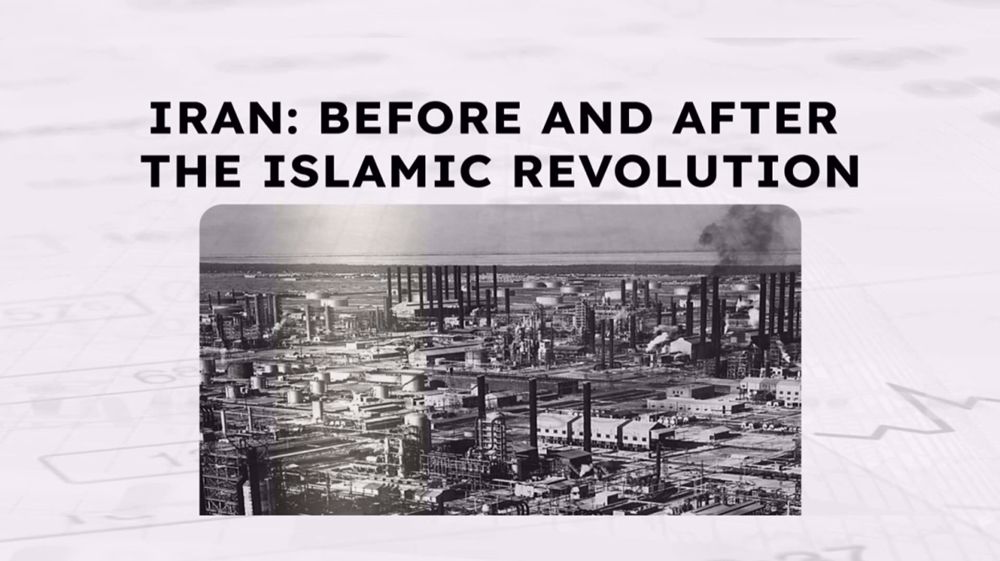

 This makes it easy to access the Press TV website
This makes it easy to access the Press TV website